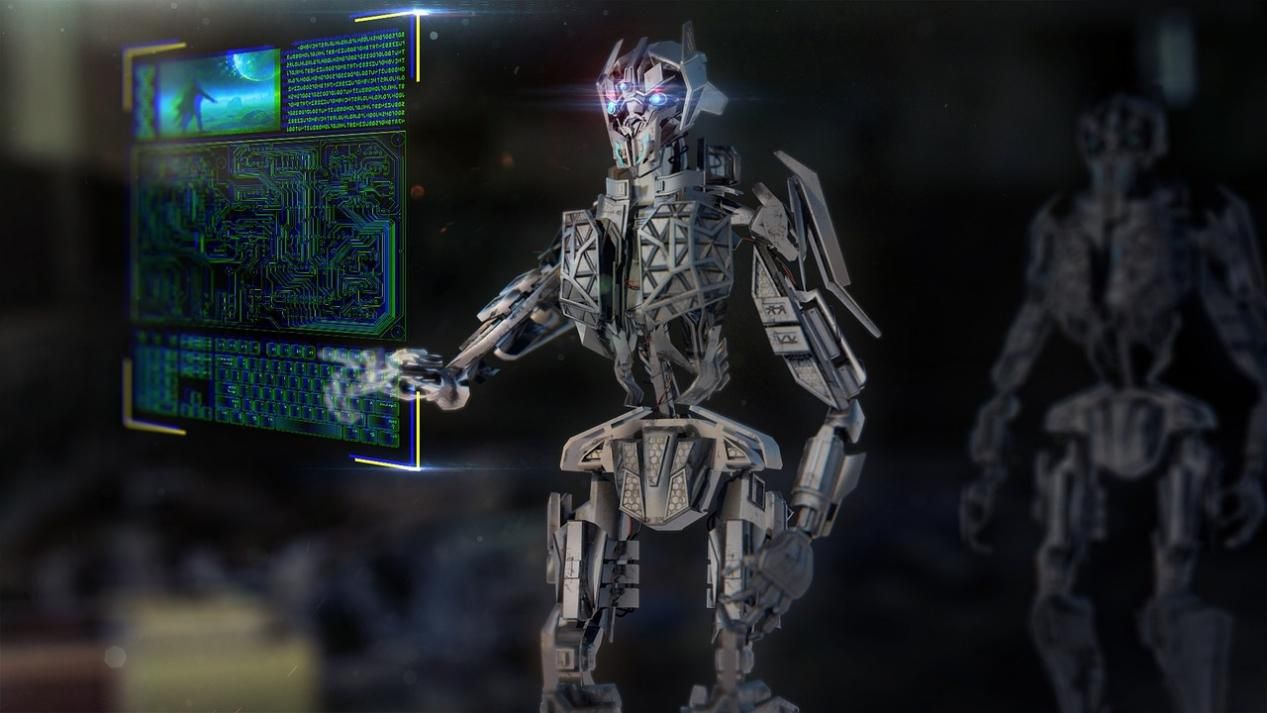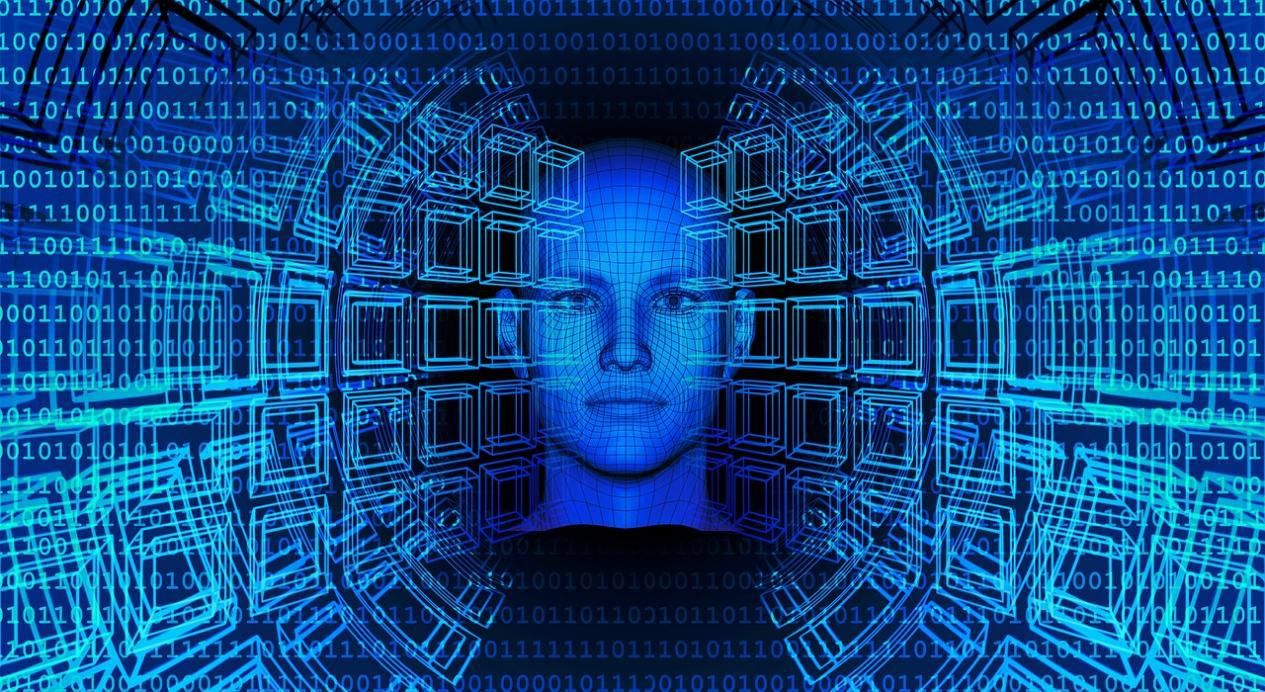In computer science, a generative adversarial network (GAN) is a high-profile deep learning model with an amazing ability to simulate and generate realistic images, audio and other data. Due to its outstanding performance, GAN has achieved remarkable achievements in fields such as computer vision, natural language processing, and creative arts. This article will take you on a deep dive into what a GAN network is, how it works, and its applications in the real world.

Definition and background of GAN network
Generative Adversarial Network (GAN for short) was proposed by Ian Goodfellow and others in 2014. Its design is inspired by the "zero-sum game" in game theory. GAN consists of two main components: Generator and Discriminator. These two parts compete with each other through adversarial learning, so that the generator can continuously improve the ability to generate realistic samples, while the discriminator can continuously improve the ability to distinguish between real and fake samples.
How GANs work
(a) Generator:
The main task of the generator is to receive a random noise vector as input and transform it into samples similar to the real data. The output of the generator may be very random at first, but as training progresses, it will gradually generate more realistic samples. The generator is trained with the goal of fooling the discriminator so that it cannot accurately distinguish generated samples from real data.
(b) Discriminator (Discriminator):
The discriminator is a binary classifier that evaluates the authenticity of an input sample. It receives samples and real data from the generator and tries to correctly classify them as "real" or "false". The training goal of the discriminator is to distinguish the generated samples from the real data as accurately as possible, so that the output of the generator is more realistic.
(c) Adversarial learning process:
During training, the generator and the discriminator play against each other through adversarial learning. The goal of the generator is to fool the discriminator so that it cannot distinguish generated samples from real data. The goal of the discriminator is to judge the authenticity of the input samples as accurately as possible. This process of adversarial learning continues until the samples generated by the generator are realistic enough that the discriminator cannot effectively distinguish between real and fake.

Application fields of GAN
GAN has achieved breakthrough applications in many fields:
(a) Image synthesis and editing: GAN can be used to generate high-resolution images, style transfer and image enhancement. It can also be used to edit images, such as converting black and white photos to color.
(b) Video generation: GAN can generate realistic video frames, extend video length, and even be used for video inpainting and interpolation.
(c) Natural language processing: GAN can be used to generate text paragraphs, dialogue and speech synthesis, improve the quality of machine translation, etc.
(d) Medical image processing: GAN can be used to generate medical image data to assist doctors in diagnosis and surgical planning.
(e) Games and virtual reality: GAN can be used to create virtual characters, scenes and game content to enhance the game experience.

All in all, generative adversarial network (GAN), as a powerful deep learning model, has aroused great interest in the scientific and industrial circles with its excellent generative ability and wide range of application fields. GANs are constantly evolving, and researchers have made tremendous progress in improving model stability, improving training efficiency, and exploring new application directions. With the advancement of technology, we have reason to believe that GAN will show its power in more fields and bring us more amazing applications.